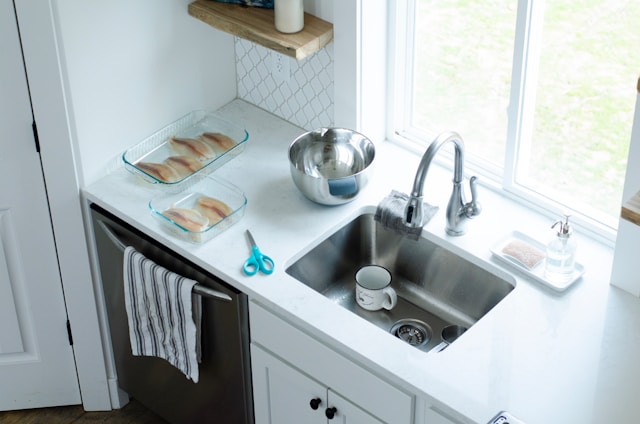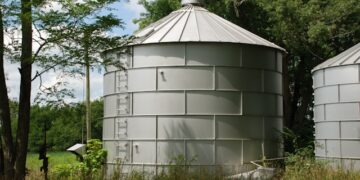Choosing the right kitchen sink is essential for both functionality and aesthetics in your home. With various styles, materials, and installation types available, selecting the best kitchen sink for your needs can be overwhelming. Whether you’re remodeling your kitchen or replacing an old sink, understanding your options will help you make an informed decision.
Assessing Your Needs
Before purchasing a kitchen sink, consider the size of your kitchen, how often you cook, and your cleaning habits. A busy household may benefit from a larger, more durable sink, while a smaller kitchen might require a compact and space-saving design. Think about how much counter space you have and whether you need additional features like a built-in drainboard or accessories.
Types of Kitchen Sinks
Kitchen sinks come in a variety of styles, each offering unique benefits:
- Single-bowl sinks are great for small kitchens and easy to clean.
- Double-bowl sinks allow for multitasking, such as washing dishes and rinsing vegetables simultaneously.
- Farmhouse sinks (apron-front sinks) add a rustic charm and provide a deep basin for washing large pots and pans.
- Undermount sinks create a seamless look and make countertop cleaning easier.
- Top-mount sinks (drop-in sinks) are easy to install and fit most kitchen designs.
- Corner sinks optimize space in compact kitchen layouts.
Sink Materials: Pros and Cons
The material of your kitchen sink affects its durability, maintenance, and overall appearance. Here are some popular choices:
- Stainless steel sinks are durable, affordable, and resistant to stains and heat.
- Cast iron sinks have a classic look and a durable enamel coating but can be heavy.
- Fireclay sinks offer a sleek and scratch-resistant finish, ideal for farmhouse kitchens.
- Granite composite sinks are stylish, durable, and resistant to scratches and stains.
- Copper sinks provide a unique, rustic look but require regular maintenance.
- Stone sinks like marble or quartz add luxury but need careful upkeep.
Installation Types
The installation method impacts the sink’s appearance and ease of use:
- Undermount sinks are installed beneath the countertop, creating a smooth transition.
- Top-mount sinks have a visible rim and are easier to install.
- Farmhouse sinks have a front-facing apron and a deep basin for heavy-duty washing.
- Integrated sinks are molded into the countertop for a seamless, modern look.
Size and Depth Considerations
Selecting the right sink size depends on your kitchen layout and daily needs. Standard kitchen sinks range from 24 to 36 inches wide. A deep basin is useful for washing large cookware, while a shallow sink may be more suitable for small kitchens with limited counter space.
Faucet Compatibility
Ensure your sink is compatible with your faucet choice. Some sinks come with pre-drilled holes, while others require custom installation. Consider high-arc faucets for filling large pots or pull-down sprayers for added convenience.
Budget and Value
Kitchen sink prices vary based on material, size, and brand. Stainless steel and composite granite sinks offer budget-friendly options, while fireclay and stone sinks are premium choices. Investing in a high-quality sink can enhance durability and long-term value.
Maintenance and Cleaning Tips
Proper maintenance extends the lifespan of your kitchen sink:
- Regularly clean stainless steel sinks to prevent water spots and scratches.
- Use non-abrasive cleaners on fireclay and cast iron sinks.
- Wipe down granite composite sinks to maintain their finish.
- Polish copper sinks to retain their unique patina.
Final Thoughts
Choosing the best kitchen sink involves balancing aesthetics, functionality, and budget. By considering your kitchen space, material preferences, and installation type, you can find a sink that enhances both usability and style. Whether you opt for a farmhouse, undermount, or double-bowl sink, selecting a high-quality option will improve your kitchen experience for years to come.









